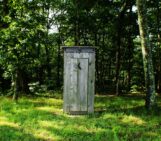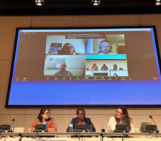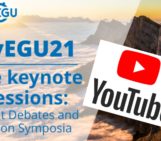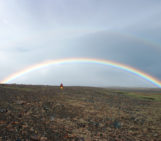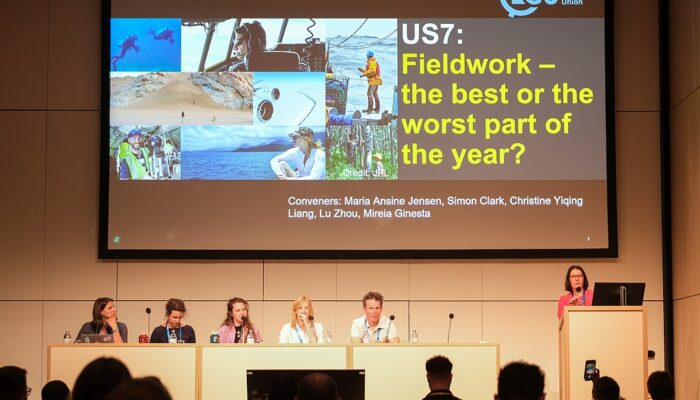
Bracing the elements to be rewarded with new data — and spectacular views in the process — can be an experience of a lifetime. Yet, zooming out of the easily romanticized image can quickly paint a different scene, where negative experiences from fieldwork drive people away from the research. Moreover, some fieldwork practices prevent people from participating in the first place. Shedding a spotlight on these issues was at the heart of the EGU’s Symposium titled “Fieldwork – the best or the worst part of the year?” (EGU25 Session US7) by the equality, diversity, and inclusion (EDI) group.
There are many potential issues with fieldwork: physical hazards and budgets are the clearer, and leadership, communication, and mental well-being are where it can get hazy and difficult, particularly for individuals from historically underrepresented groups.

Project ‘Did this really happen?’ (DTRH) has been raising awareness about gender equality and diversity issues in academia through comics like this since 2018. Imagine how scenes like this translate to remote settings of fieldwork. Source: DTRH.
Navigating those issues can be a maze even in the office, but they can be significantly more challenging while out in the field. The symposium speakers, Mylene Jacquemart, Johanna Kerch, Robyn Pickering, Jan Beutel, Anna Pienkowski, Florina Roana Schalamon, and Martin Zebracki, shared experiences from the field, both from the participants’ and organizers’ perspectives [1, 2] and highlighted the need for addressing the topic before it is too late. The negative causes receive broader public coverage than good practices, and if scientists do not act now to establish sustainable guidelines, policymakers might do that first; it could bring unnecessary limitations such as blanket bans on data collection in the field. In the current times, when universities close their earth sciences departments [3,4], and certain regions introduce policies that actively push back initiatives on inclusivity and diversity [5], the situation is especially pressing.
The symposium addressed the outlined challenge, where EGU provided its robust platform for opening dialogue and action planning to lead to positive changes. An example was given that compared to chemistry, geosciences are more lacking in risk assessments, expectations clarity, and standards. Yet, even in chemistry, discussions on topics such as family [6] or pregnancy [7] are relatively recent. As such, the speakers were clear on the need to collect and communicate good practices and establish a structure that institutions could easily adapt. The symposium concluded by engaging the EGU community in a conversation on staying on top of the situation and making the fieldwork better for everyone, including the local communities.
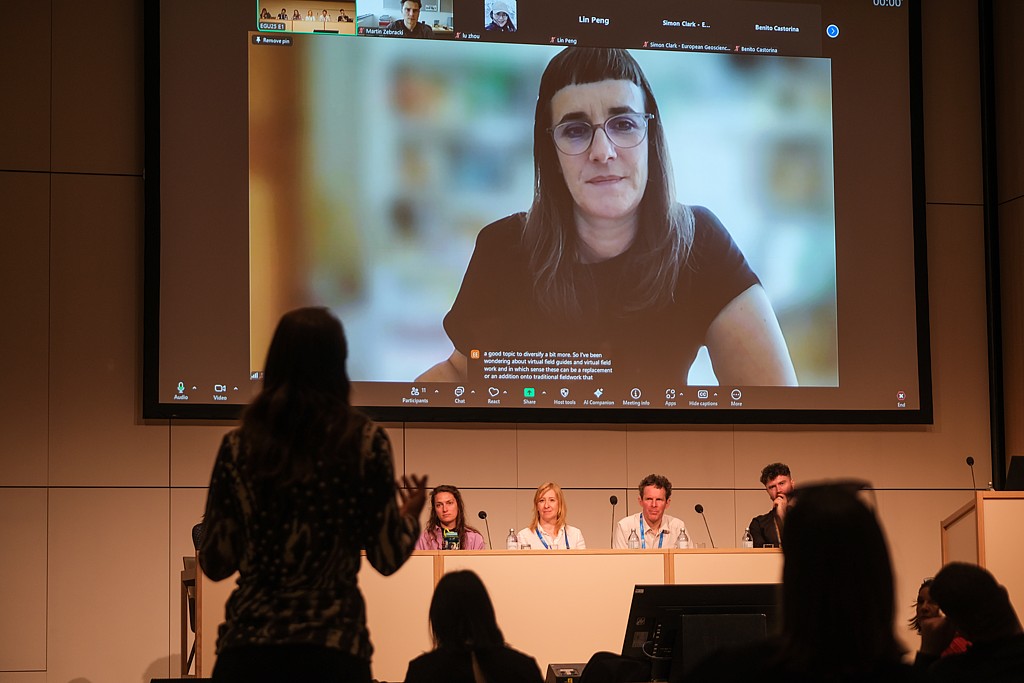
EGU members interact with the panelists of the ‘Fieldwork – the best or the worst part of the year?’ Symposium. Photo: Jakub Stepanovic
- The geological period that no one talks about: menstruation in the field | GeoLog
- Coming in from the cold: Addressing the challenges experienced by women conducting remote polar fieldwork | PLOS Climate
- Geoscience on the chopping block | Nature Reviews Earth & Environment
- VU university cuts jobs, closes earth sciences department | DutchNews.nl
- What is the DEI rollback and where will it spread next? | The Guardian
- Planning a family | Nature Reviews Chemistry
- Pregnancy in the lab | Nature Reviews Chemistry

